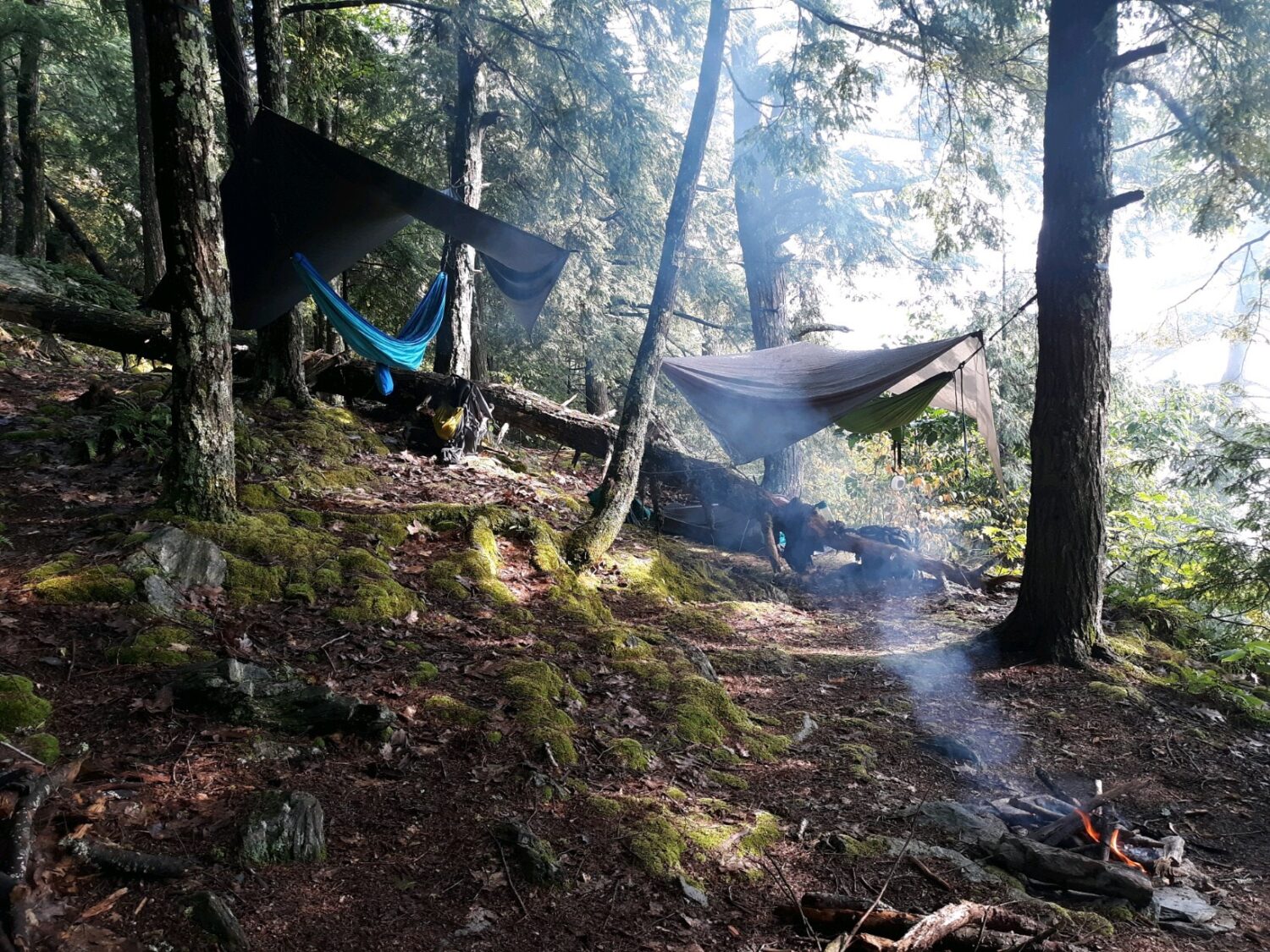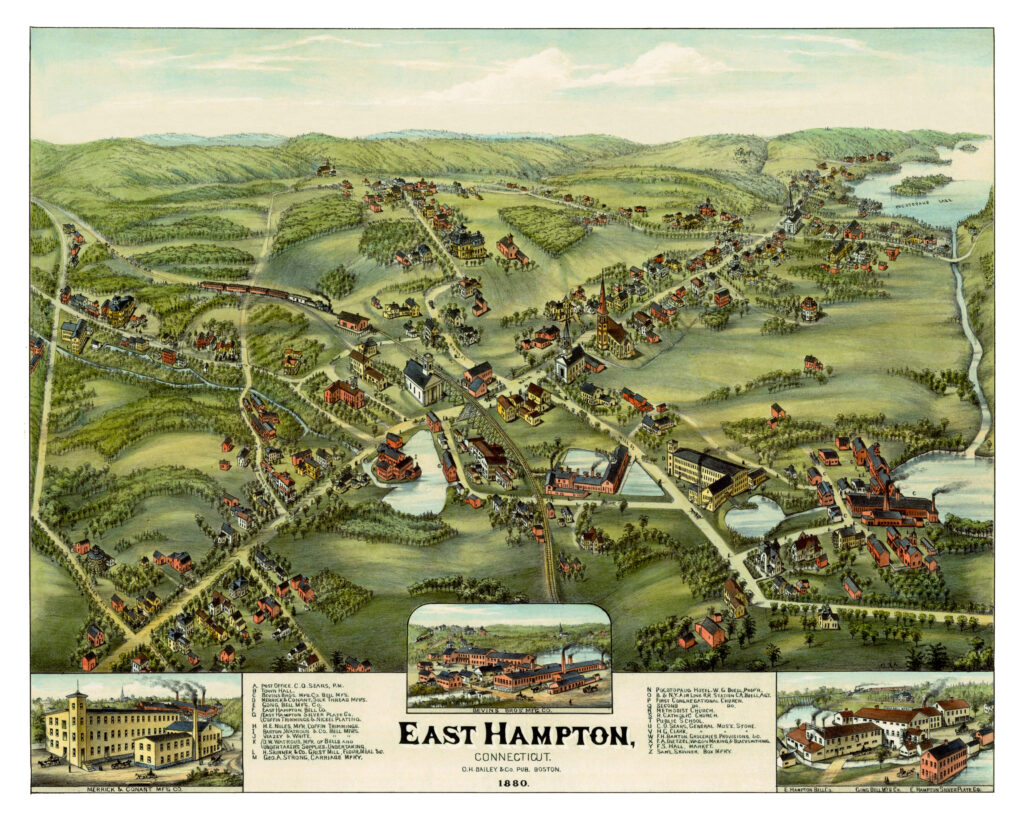East Hampton Connecticut is a small rural town with about 13,000 people. It is home to the second largest natural lake in CT, Lake Pocatapaug. As the towns population has grown, more and more people have moved into houses around the lake, crowding the waterfront to the extent that there is very little natural shoreline remaining that isn’t developed. All of the runoff from these landowners’ fertilizers for their lawns cause extreme blue-green algae blooms in the lake, staining it a rather appealing vomit green for the duration of the warmer months. The town borders Portland, which is the gateway to a small city called Middletown. I always felt that the different towns had different feelings (senses of place). Middletown was obviously quite city-like, while Portland was developed and busy, but with a couple more trees. East Hampton is a happy medium, with a busy-enough town center and the outskirts enveloped by forests. East Haddam is the next town over, and it follows the same trend. That town is largely forested, with fewer developments than East Hampton. I use the forested areas near my neighborhood as a way to connect with nature. This is largely placebo though, as you can’t go more than a few acres without hitting a paved road or house. The biological part of the area is nice, but its physical counterpart kind of ruins the feeling of being in true wilderness for me.
I mentioned the human interactions with the land around the lake earlier in this writing. In the land surrounding my house though, there is another story. The land used to be entirely farmland, with stone walls dividing miscellaneous parcels of land into neat squares. These boundaries have no real meaning anymore, except now I can tell where my property ends and my neighbors’ begins. What used to be cropland is now secondary growth, with a few ancient oaks standing sentry far above the smaller maple-composed canopy. These monarchs are the survivors of a previous climax forest that was felled and tilled into land suitable for farming. It is near these trees that I feel in touch with natural history.
My sense of place has changed between my 17 years of living in Connecticut and the 3 months that I’ve spent at UVM. Vermont contains many more wild lands than Connecticut, and I almost view these natural areas as more pure. Litter is less frequent, the sounds of bustling humanity grow distant as the hills roll into mountains, and far fewer invasive vines strangle the trees until they become ugly scraggly protrusions from the ground. These vines fester through the trees in CT, and the forest aesthetic is a lot less enjoyable. I used to try to hold East Hampton to such a high standard for its forests and lack of industrialization, but coming back home for Thanksgiving made me realize that much of that notion is purely in my head, and the town is really far more city-like than I really care for. I am aware that this doesn’t make me sound good, but I just prefer to be in more sparse and secluded areas than busier ones.




Recent Comments